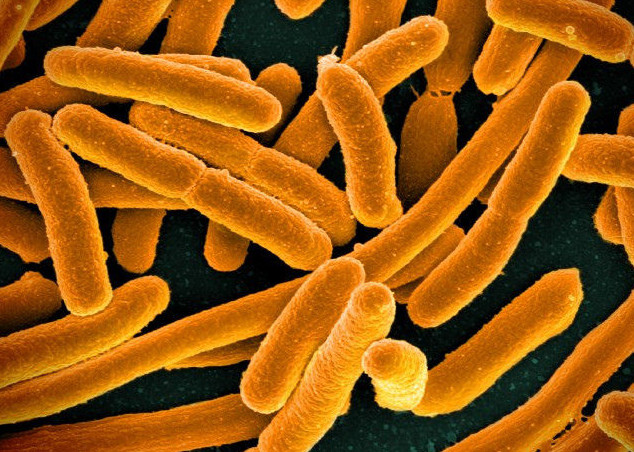The bacteria can spread the gene
This is a real problem, because the future of your doctor's medications may become harmless to pathogenic bacteria.
The bacteria that cause sebum can spread to each other
The problem of antibiotic-causing bacteria "antibiotic" is a great concern for the treatment of medical doctors today. It makes therapies gradually lose effectiveness, and patients are more at risk than before. A recent study shows that it seems that bacteria can . share this ability with each other.(If you don't know yet, antibiotics are substances that can kill bacteria or inhibit bacterial growth specifically).
New genes have been discovered that allow bacteria to fight polymyxin antibiotics - a last resort to fight infections. More dangerous, they also have the ability to share this characteristic with other bacteria. This finding raises a real wake-up call that these genes will creep into bacteria that are already resistant to high levels of bacteria, creating a type of bacteria that is immune to all drugs. medicine is there.
The new finding indicates that the gene called mcr-1 exists on a small piece of bacterial DNA called plasmid . The common gene on this bacterium can replicate itself and share it with any nearby bacteria. Although scientists have discovered genes against polymyxin, all of them are closely linked to the genetic structure of bacteria so they are unable to share around.

Drug-resistant bacteria are worries of current doctors.
A report today in China showed that mcr-1 is inside a pig's E. coli plasmid in the country. Plasmids have caused bacteria to become "greasy" with colistin, a polymyxin commonly used in animals in China and less common in the US and Europe. It is worth mentioning that in further study, it was found that mcr-1 also appears in the plasmid of E.coli and Klebsiella pneumoniae (bacillus) causing disease in people in hospitals in Quang Nam. East and Zhejiang.
Tests show that mcr-1 plasmids can move between E. coli bacteria to "transmit" antibiotic immunity. Fortunately, in the experiment they had to create a special environment with electroporation technology to allow plasmids to easily move between bacteria. That means that in nature, this phenomenon is not so easy to happen.
However, it is only difficult to happen, not impossible!
"This is really an important step in research because there are many types of multidrug-resistant bacteria but only sensitive to one type of resistance , " said pathologist Professor Judith Johnson, who works at the University of Florida. This birth ".
Some other experts, such as Guy Loneragan, a professor of food safety and public health in Texas, said it was not yet clear whether plasmids could spread. And this is the first report about mcr-1 does not mean that it just appeared.
Loneragan said: "Resistance to antibiotics is a global problem and we need to develop and share measures to reduce the need to use antibiotics on humans and animals."
- See how fast bacteria spread from the toilet to the human mouth
- The image shows the 'power' that spreads bacteria when sneezing
- Gene decided 'household' bacteria
- New mode of spread of deadly bacteria in food
- Prevent gene exchange bacteria: A smart solution for drug resistance
- Climate change facilitates bacterial spread in Northern Europe
- There is an uncontrollable spread of bacteria
- World of bacteria - interesting things
- Find the gene that causes bacteria to disable antibiotics
- The action you must take before you flush the toilet
- Improper washing of chicken can spread deadly bacteria
- Spy hides messages in bacteria
 The United Nations' all-human warning: All antibiotics are becoming useless
The United Nations' all-human warning: All antibiotics are becoming useless How did bacteria learn to fight antibiotics?
How did bacteria learn to fight antibiotics? 10 million deaths are one of the startling numbers about 'Antibiotic resistance'.
10 million deaths are one of the startling numbers about 'Antibiotic resistance'. 7 principles when using antibiotics
7 principles when using antibiotics